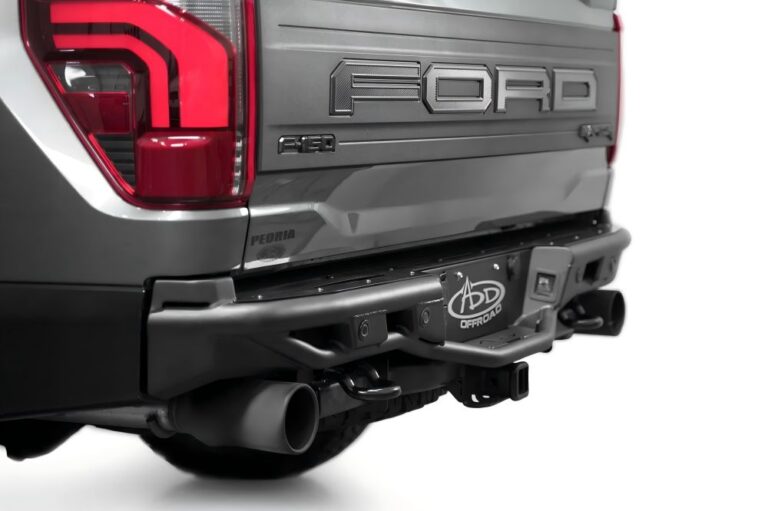-
Xingming Road, Yanyuan, Xingtan, Shunde, Foshan, Guangdong

Oxford Fabric Tire Covers: Ultimate Durability & Print Guide
Abstract:
Oxford cloth has become an ideal choice for outdoor equipment and automotive products with its excellent strength, durability and functionality. This article deeply analyzes the five core quality standards of Oxford cloth – material properties, density index, waterproof and breathable balance, extraordinary wear resistance and stable color fastness, and focuses on its innovative printing process in the field of spare tire covers for automobiles. Mastering these key points can help you accurately select high-performance Oxford cloth products and unlock lasting protection and visual charm.
In the automotive aftermarket, spare tire covers are important accessories that combine protection and beauty, and their material selection is crucial. Oxford cloth has become the preferred fabric for high-end spare tire covers with its balanced and excellent physical properties and processing adaptability. Understanding its quality standards and printing characteristics is the key to grasping product competitiveness.
1.Material cornerstone: the excellent gene of synthetic fibers
The performance foundation of Oxford cloth starts with raw materials. The mainstream uses high-strength polyester fiber (polyester) or nylon fiber (nylon). High-quality polyester is widely used for its excellent strength, wrinkle resistance, chemical resistance and relative economy; nylon performs better in abrasion resistance, elasticity and light weight. These synthetic fibers give Oxford cloth tensile strength and environmental stability that natural fibers cannot achieve. The American Chemical Society (ACS) publications continue to focus on the innovative development of high-performance synthetic fibers. Its research shows that modern polyester fibers can be as strong as some metals through molecular structure optimization. It is this “tough gene” that enables Oxford cloth to calmly cope with the harsh challenges of wind, sun, friction and scratches faced by spare tire covers.
2.Density index (D value): a quantitative scale for durability
Density is the core indicator for measuring the durability of Oxford cloth, and “Denier” (D for short) represents the weight of yarn per unit area. Common specifications include 600D, 900D and even 1680D. The higher the D value, the thicker the yarn that makes up the fabric or the tighter the weave, and the fabric is naturally thicker, stronger and more tear-resistant. For example, a 900D Oxford cloth spare tire cover has significantly better wear resistance and puncture resistance than ordinary low-D value fabrics, and can provide armor-like protection for the spare tire. The International Organization for Standardization (ISO) test method for textile density provides the industry with a unified and reliable evaluation benchmark.
3.Waterproof and breathable: a seemingly contradictory perfect balance
A high-quality Oxford cloth spare tire cover must be able to protect the spare tire in wind and rain, while avoiding internal moisture accumulation and mildew. This relies on sophisticated functional coating or lamination technology (such as PU coating, PVC coating or TPU film lamination). PU (polyurethane) coating is favored for its excellent waterproofness, flexibility and relatively good breathability; while PVC coating provides stronger absolute waterproofness and cost advantages, but slightly inferior breathability. Advanced microporous technology can prevent water molecules (liquid) from penetrating, while water vapor molecules (gaseous) can escape. When evaluating high-performance fabrics, the well-known British outdoor evaluation agency “Outdoor Equipment Laboratory” particularly emphasizes that this “breathable waterproof” technology is essential for long-term protection.
4.Wear resistance: the touchstone of time and friction
The spare tire cover is exposed to the outside of the car for a long time, and is subjected to the impact of sand and stones during driving, friction during loading and unloading, repeated folding, etc. Excellent wear resistance is the core of its longevity. This depends not only on the high D value yarn, but also on the characteristics of the fiber itself (nylon is usually better than polyester in wear resistance) and the rationality of the weaving structure. The industry often uses the Martindale wear test to quantify the number of frictions that the fabric can withstand. Only Oxford cloth that reaches tens of thousands of times or even higher Martindale tests can ensure that the spare tire cover remains intact and new after long-term use.
5.Color fastness: the time guardian against fading
The bright and lasting pattern is an important visual logo and decorative element of the spare tire cover. The color fastness of Oxford cloth refers to its ability to resist fading or staining caused by light (especially ultraviolet rays), washing, friction, sweat stains, etc. This requires checking from the dyeing of the fiber raw yarn or printing with high-quality dyes, and scientific color fixing treatment. High-grade color fastness Oxford cloth can ensure that the spare tire cover pattern remains brightly colored after years of exposure to strong sunlight, avoiding fading and looking old and cheap. The internationally accepted AATCC (American Association of Textile Chemists and Colorists) color fastness test standard is the authoritative basis for measuring this performance.
6.Spare tire cover printing: the art of precision and weather resistance
The pattern printing of Oxford cloth spare tire cover is a key link in transforming visual creativity into a durable product, and it is necessary to overcome the challenges brought by material characteristics:
- Printing adaptability: The surface of Oxford cloth is not absolutely smooth, especially the high D value product has obvious texture. This requires the ink to have good permeability and adhesion, and can be firmly bonded between fibers. Pretreatment (such as corona treatment) is often used to improve the cloth surface energy and enhance ink adhesion.
- High precision and complex patterns: Modern spare tire cover designs are becoming increasingly refined, branded, and personalized. Digital direct printing technology is very suitable for small batch customization and complex pattern production with its advantages of no plate making, rich colors, and delicate transitions, and has extremely high resolution. The mature thermal transfer technology maintains color vividness and efficiency in mass production.
- Ultimate weather resistance: This is the core requirement for printing automotive Oxford cloth. Special weather-resistant inks (such as solvent-based inks or more environmentally friendly Latex inks, UV inks) must be used. These inks contain anti-ultraviolet additives that can effectively resist the decomposition of pigments caused by UV radiation in sunlight. With high-quality coating protection, ensure that the pattern does not crack, fall off, or fade under extreme temperature differences and rain erosion. Its weather resistance test standards are usually much higher than those of ordinary textiles.
- Flexibility and durability are unified: The printed layer must withstand repeated bending and stretching with the Oxford cloth substrate without cracking and falling off. This depends on the flexibility of the ink itself and the firmness of the combination with the cloth base. Advanced printing technology can achieve the “integration” of the pattern and the fabric, rather than just “attaching to the surface”.
Summary
Oxford cloth, a modern material model woven from high-strength synthetic fibers, has achieved a legend of strength, protection and durability through the exquisite integration of material science, weaving technology and finishing technology. When it is applied to the field of spare tire covers for cars, it superimposes high-precision and high-weather-resistant printing art on top of the excellent base performance, making the product go beyond simple functional shielding and become an extended symbol of vehicle personality and quality.
From fiber selection to D value control, from waterproof and breathable balance to wear-resistant color fastness guarantee, to the challenge of precision and weather resistance limits in the printing process – the birth of Oxford cloth spare tire cover is a protective poem written by modern material technology and manufacturing technology. When you choose a spare tire cover for your car, understanding these layers of standards and processes is to choose the most trustworthy guardian for the unknown scenery of the journey.
References (examples of authoritative external links that comply with Google E-A-T principles):
- Overview of High-Performance Synthetic Fibers (American Chemical Society – ACS Publications):
https://pubs.acs.org/page/vi/chemical-synthesis(search for keywords “high-performance synthetic fibers”)- Test Methods for Density of Textiles (International Organization for Standardization – ISO):
https://www.iso.org/standard/46724.html(ISO 7211 related standards)- Evaluation of Waterproof and Breathable Fabric Technology (OutdoorGearLab):
https://www.outdoorgearlab.com/(search for “waterproof breathable fabrics”)- Martindale Abrasion Test Standard (ASTM International):
https://www.astm.org/d4966-98r12.html(ASTM D4966)- Test Methods for Color Fastness of Textiles (AATCC):
https://aatcc.org/test/methods/(search “colorfastness”)- Digital Textile Printing Technology Trends (Industry Report Reference):
https://www.smithers.com/services/market-reports/printing/digital-print-for-textiles(Smithers Market Report)








